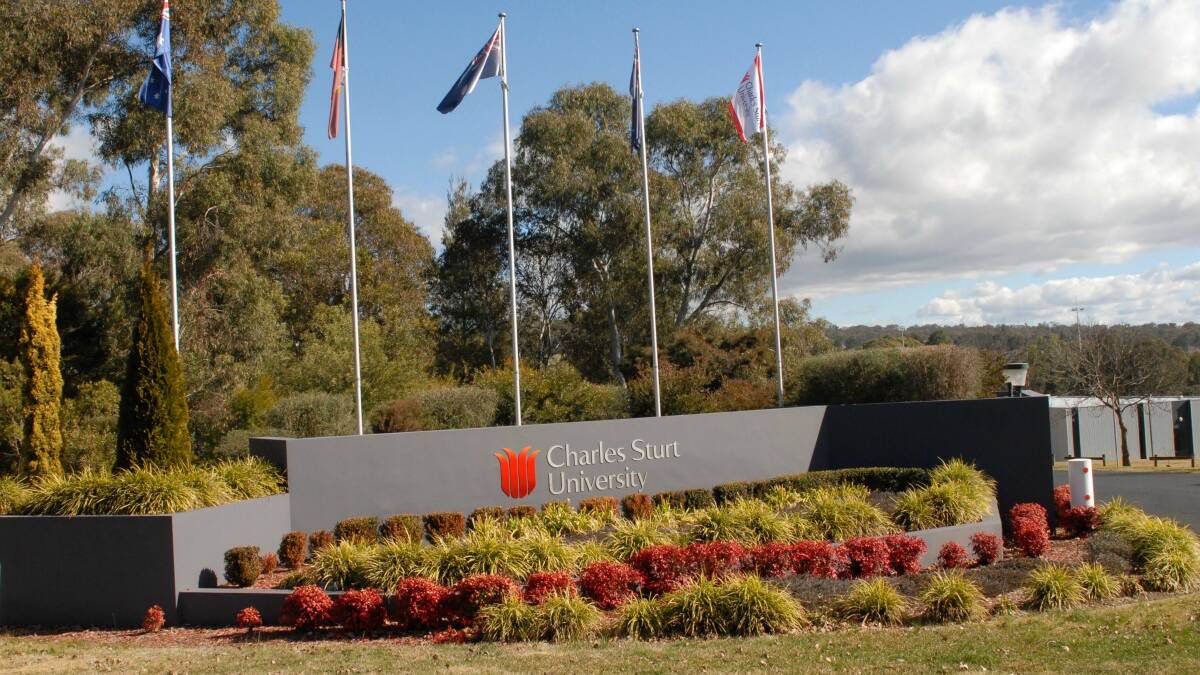THOUSANDS of university students and graduates had to start paying back their debts sooner than expected on July 1 – and the rules might change again if a bill passes the Senate.
Subscribe now for unlimited access.
or signup to continue reading

With the new financial year having begun, anybody earning $52,000 or more a year will have to start paying off their student debts – referred to as the Higher Education Loan Program (HELP), which replaced the Higher Education Contribution Scheme (HECS).
The Federal Government has, however, announced its intention to lower the repayment threshold to $44,999.
The bill allowing that change was meant to be passed by the Senate, but has since been delayed until August.
Because the bill didn’t pass before the start of the new financial year, the further reduction in the threshold will not apply until July 1, 2019.
Bathurst resident Kyle Palmer, who graduated from Charles Sturt University in 2017 and is now a teacher in Orange, had to start paying back his HELP-HECS debt when he started working because he was above the $52,000 threshold.
“With HECS, I’m losing about $848 a fortnight,” he said.
“So those who are earning $45,000 will expect to be out of pocket a few hundred dollars a fortnight.
“I’m able to provide for myself and my family, but if I was around the $45,000 [mark], the HECS being taken out would make a huge difference to being able to provide.”
While having a HELP-HECS debt may means years of repayments, it has given many people an opportunity to pursue further education without the need to pay up front.
Bathurst resident and University of NSW alumni Michelle Yeo said she isn’t fazed by the change in the HELP-HECS threshold.
“Since I live in a rural area, the cost of living, renting and owning a house is significantly less,” she said.
“I don’t think I’ve felt the pain of paying back my HECS debt as much as people living in urban areas.”


